Injection molded permanent magnetic materials have been used in many fields due to their superior magnetic properties. The properties of magnetic materials are described in detail on Wikipedia. The following is a brief introduction of the main properties of permanent magnetic materials.
1. Remanence magnetic induction intensity
It refers to the magnetic induction intensity value of the permanent magnetic material when the external magnetic field is zero after the permanent magnetic material is magnetized to saturation. The index data is directly related to the level of air gap magnetic density in the motor. The higher the magnetic induction value is, the higher the air gap flux density of the motor will be. And the main indexes of the motor such as the torque constant and the back-EMF coefficient will reach the optimum value. In this way, the value relationship between the electrical load and the magnetic load of the motor can be the most reasonable and the efficiency can achieve the best.
2. Coercivity Hc (magnetic induction coercivity Hc b)
It refers to the reverse magnetic field intensity required when the residual magnetic induction intensity Br decreases to zero under the condition that the permanent magnetic material is saturated magnetized. This index is related to the anti-demagnetization ability of the motor, which is the overload multiple and the air gap flux density. The greater the Hc value, the stronger the anti-demagnetization ability of the motor. Besides, the larger the overload multiple, the stronger the adaptability to the dynamic working environment of strong demagnetization. At the same time, the air gap flux density of the motor will also be improved.
3. Maximum magnetic energy product BHmax
It refers to the maximum value of the magnetic field energy provided by the permanent magnetic material to the external magnetic circuit. This index is directly related to the amount of permanent magnet material in the motor. The larger BHmax means the greater the magnetic field energy that the permanent magnet material can provide to the external magnetic circuit, that is to say, less permanent magnet materials are used in the motor under the same power condition.
4. Intrinsic coercivity Hc i
This index refers to the value of the magnetic field strength when the residual magnetization M decreases to zero. The Hc b value corresponding to B=0 on the demagnetization curve only means that the permanent magnet cannot provide energy to the external magnetic circuit at this time, and it does not mean that the permanent magnet itself does not have energy. However, when M=0, the corresponding Hc i value indicates that the permanent magnet has been truly demagnetized at this time, and it has no magnetic field energy storage. Although Hc i is not directly related to the operating point of the motor, it is the real coercivity of the permanent magnet material. And it represents that the permanent magnet materials have magnetic field energy and the ability to resist demagnetization. The intrinsic coercivity is closely related to the temperature stability of permanent magnet materials. The higher the intrinsic coercivity, the higher the working temperature of the permanent magnet material might be.
5. Temperature coefficient α
Temperature is one of the main factors that affects the magnetic properties of permanent magnetic materials. The percentage of reversible change in magnetic properties with the temperature changes by 1°C is known as the temperature coefficient of the magnetic material. The temperature coefficient can be divided into the temperature coefficient of remanence induction and the temperature coefficient of coercivity. This index has a greater influence on the performance stability of the motor. When the motor runs from cold to hot state, the higher the temperature coefficient, the greater the variation of the index is. It directly limits the operating temperature range of the motor and indirectly affects the power volume ratio of the motor.

Other Functional Composite Materials In addition to bonded magnetic compounds, we can also cooperate with customers to develop customized functional composite materials, such as high-density compounds and metal bonded plastic. We are committed to providing customers with new user experience and different design inspiration.
 CN
CN

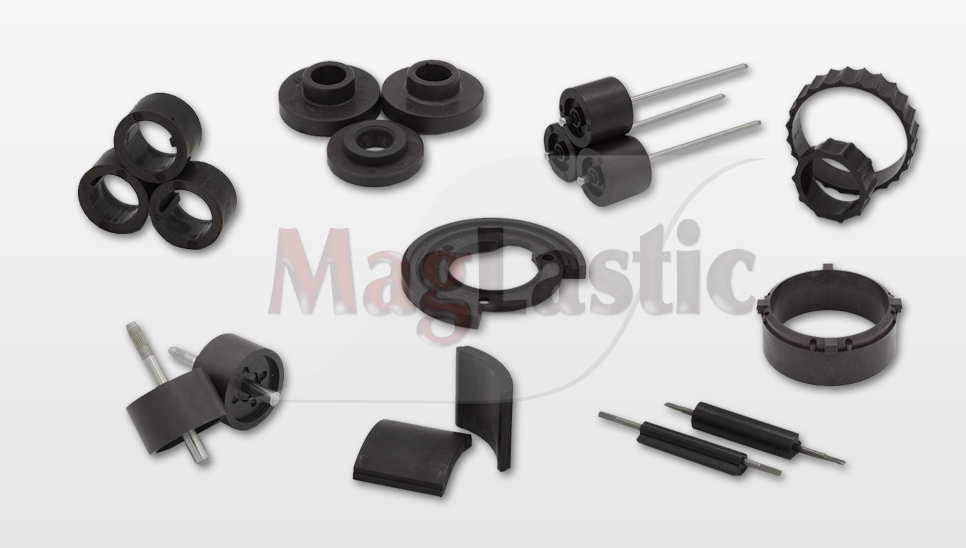
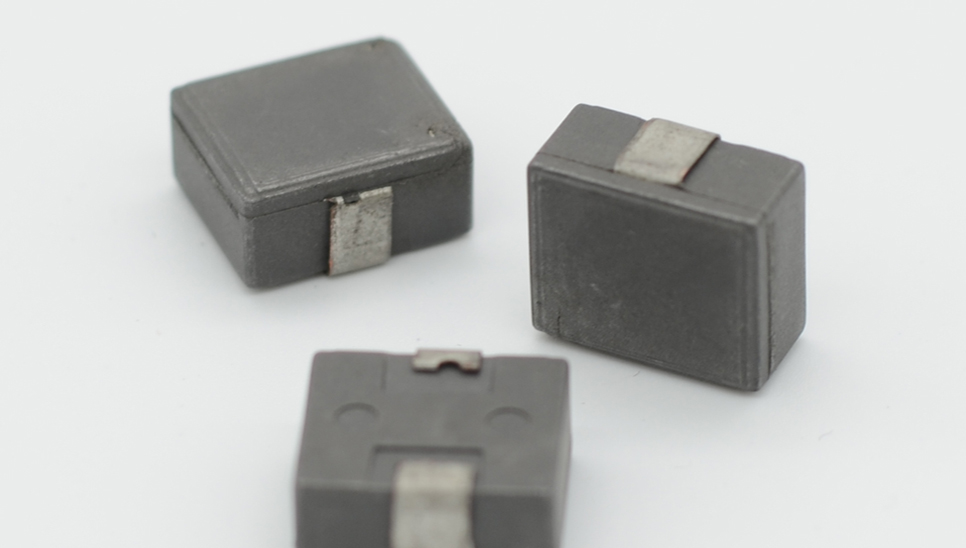
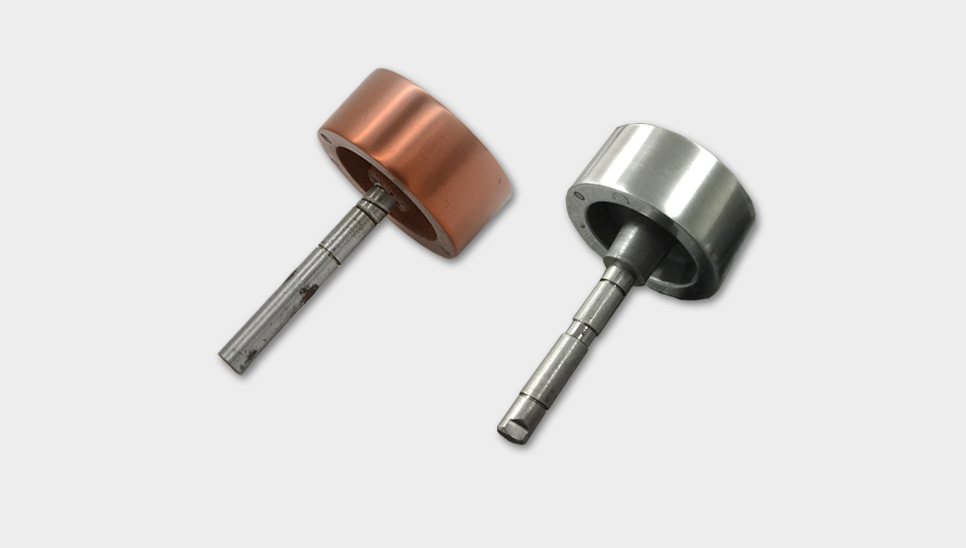
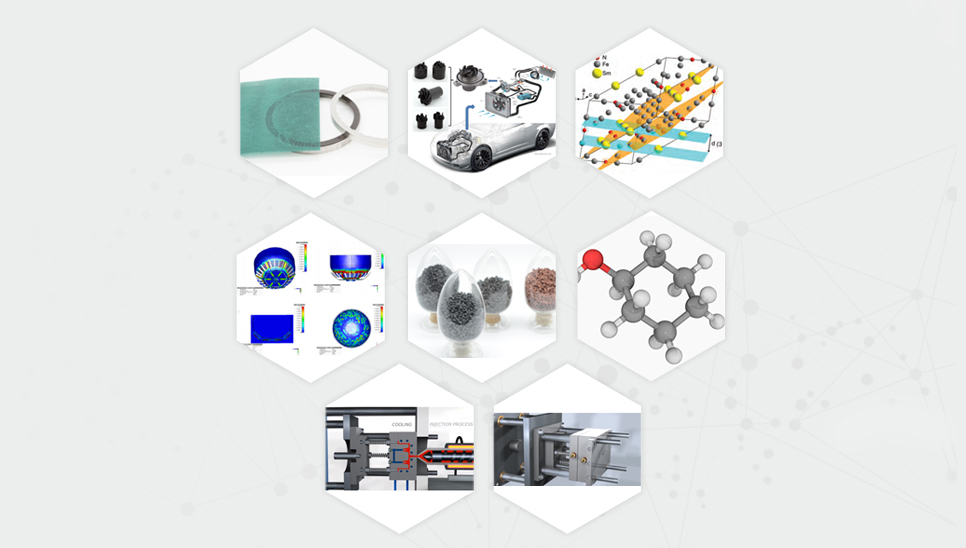

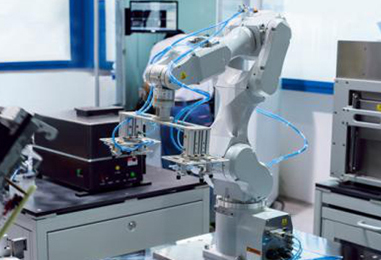
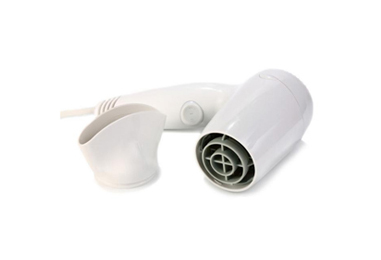



 Call us on:
Call us on:  Email Us:
Email Us:  1F, Building 3, NO.77 Gaoxin 13 road, Xiaoshan district, Hangzhou
1F, Building 3, NO.77 Gaoxin 13 road, Xiaoshan district, Hangzhou